
Rumours have been circulating over the past few weeks of Apple allegedly ramping up work on a new wearable piece of technology in the form-factor of a ring. This shouldn’t come as a surprise as the company had been filing patents for a few years now of a finger-worn device, with some of the earliest documentation showing a micro display being the way users would interact with it. That being said, tech companies are known to file swathes of patents without ever bringing those features and/or devices officially to market.
Though smart rings are seemingly growing in popularity with its market expected to grow to $197.03 million by 2031, and Samsung already having announced their Galaxy Ring at January’s “Galaxy Unpacked” event, Apple have never been ones to jump on tech trends. Look no further than them filing a myriad of patents for a foldable device since the form-factor became popular, yet still not bringing an actual device to market. It’s because Apple’s focus has always been to wait and see if a tech trend is not only viable as an “Apple” product, but one that doesn’t cannibalize sales of one of their others while also seamlessly integrating within its ecosystem.
It’s this last part that gets me frustrated with the way in which Apple approaches their line of devices. They’ve arguably been the company that spearheaded this idea of locking customers into an “ecosystem.” To the point where once you’re in Apple’s “walled garden,” it’s quite difficult to leave. Which, from a business standpoint, makes sense. It may not be the best for consumers, but it’s fiscally apt, and why companies like Samsung and Google have followed suit with their own “gardens” as well. What is more egregious, however, is the way in which Apple almost requires you to own multiple devices, even though one may have the ability to accomplish the functions of another.

For example, I had used an iPad Pro as my primary computer for the past five years before ditching the platform (and Apple) altogether last month. My experience in those five years was quite good. From its performance, to its form factor, to its flexibility, I loved a lot of what the iPad offered–except for its operating system. Though I got used to iPadOS, and even at times much preferred it over MacOS, always having to find workarounds for the simplest tasks became a chore. For as corny as Apple’s “what’s a computer” ad was back when the redesigned iPad Pros released, and for as much as iPadOS has improved over the years, it still feels as if Apple wants you to buy the device as a secondary device to your Mac. Seeing as once coupled with the Magic Keyboard and Apple Pencil the iPad line can approach or even exceed the prices of MacBooks, the notion seems almost absurd. This same practice can be seen with their current line of wearables, the Apple Watch, and would make the introduction of an “Apple Ring” all the more confusing.
Wanting a way to detach myself from my phone, and seeing as my current carrier plan had come to an end, I decided to forgo upgrading my iPhone and instead sign up for a new Apple Watch Ultra 2 with LTE. Beyond wanting the many health tracking features, the primary idea was to treat this device as a phone replacement. It’s been a couple months, and the endeavor has been somewhat successful, though not without its annoyances. The whole purpose for me to get the LTE version of the Watch was to be able to send and receive calls, texts, and quick emails while on the go. However, it seems that whenever my aging iPhone XS is turned off, the Watch is unable to send texts or even refresh my inbox within the Mail app. Though I am able to do all of those things with ease as long as my iPhone is at home and turned on (and connected to WiFi), the fact that I still need it at all is a nuisance. This shouldn’t have come as a surprise as even upon initial setup you are required to have an iPhone to properly use the Watch.
It’s clear that Apple doesn’t see their devices as one-offs. It’s why I’m hesitant about this rumoured smart ring. It wouldn’t surprise me if they decided to launch the device without certain features, as those would be reserved solely for the Apple Watch. This could be excusable if Apple were to launch the device at sub-$200, making it a nice entry-point for Apple wearables for those not willing to jump into the Watch line. But seeing as this is Apple we’re talking about, it’s highly doubtful that will happen. Which begs the question, then, what is the purpose of this device? If its cost is anywhere near the Apple Watch SE, and its capabilities less robust to boot, then it’ll be nothing more than just a superfluous addition to a line of devices from a company whose historically been stringent with adding new tiers to their lineup. Time will tell what the Cupertino company has planned, however at this point Mark Gurman may be right in reporting that Apple may very well not be moving past the “idea” phase of this rumoured smart ring.

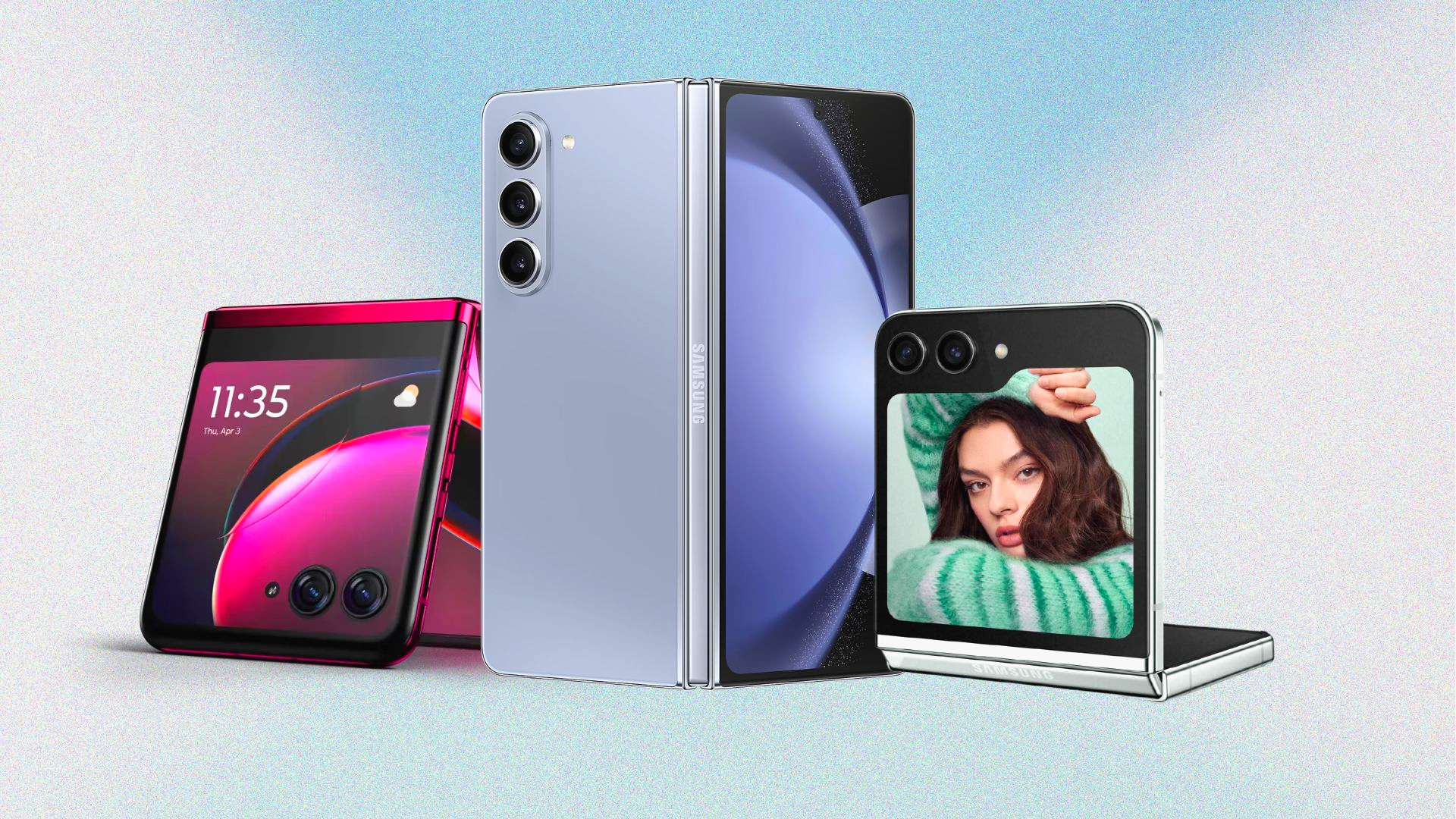
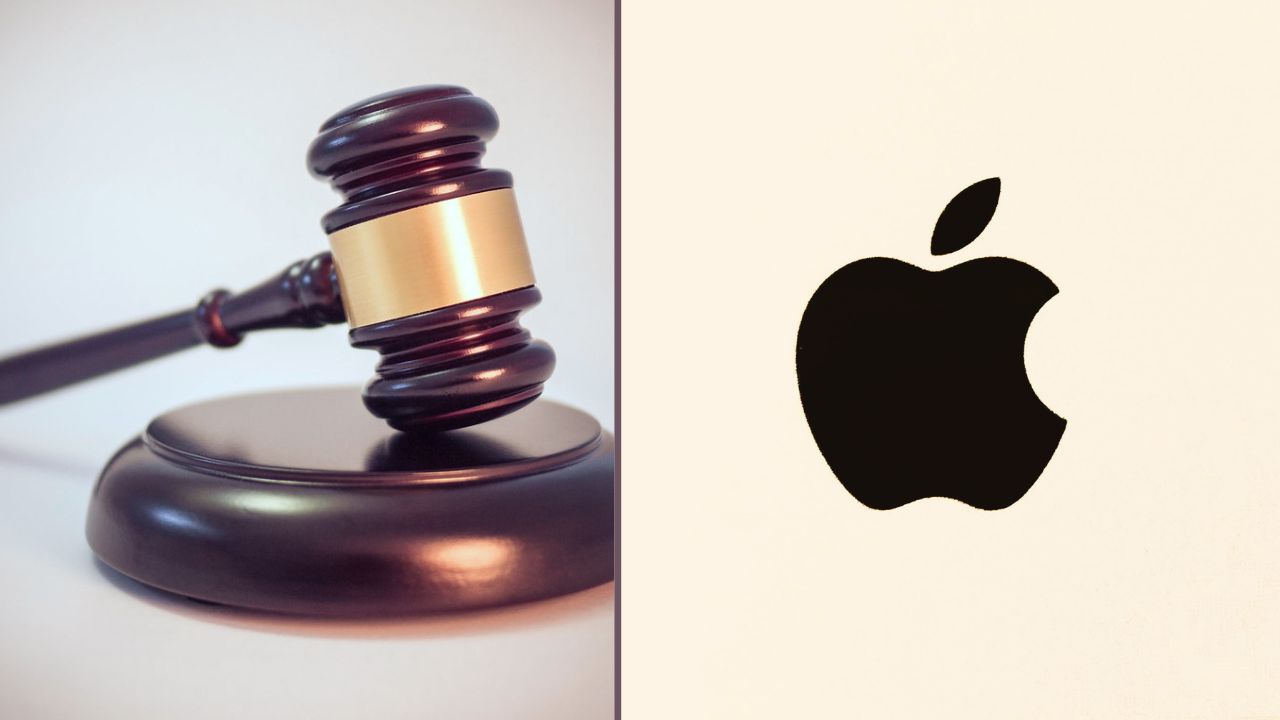
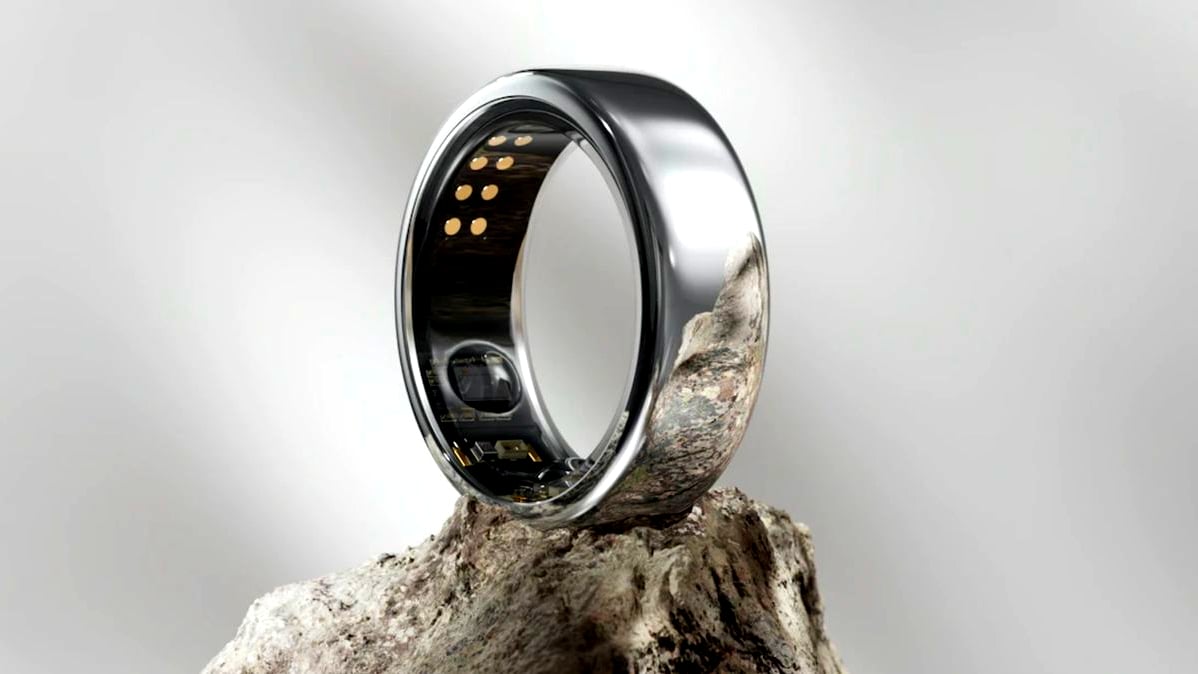
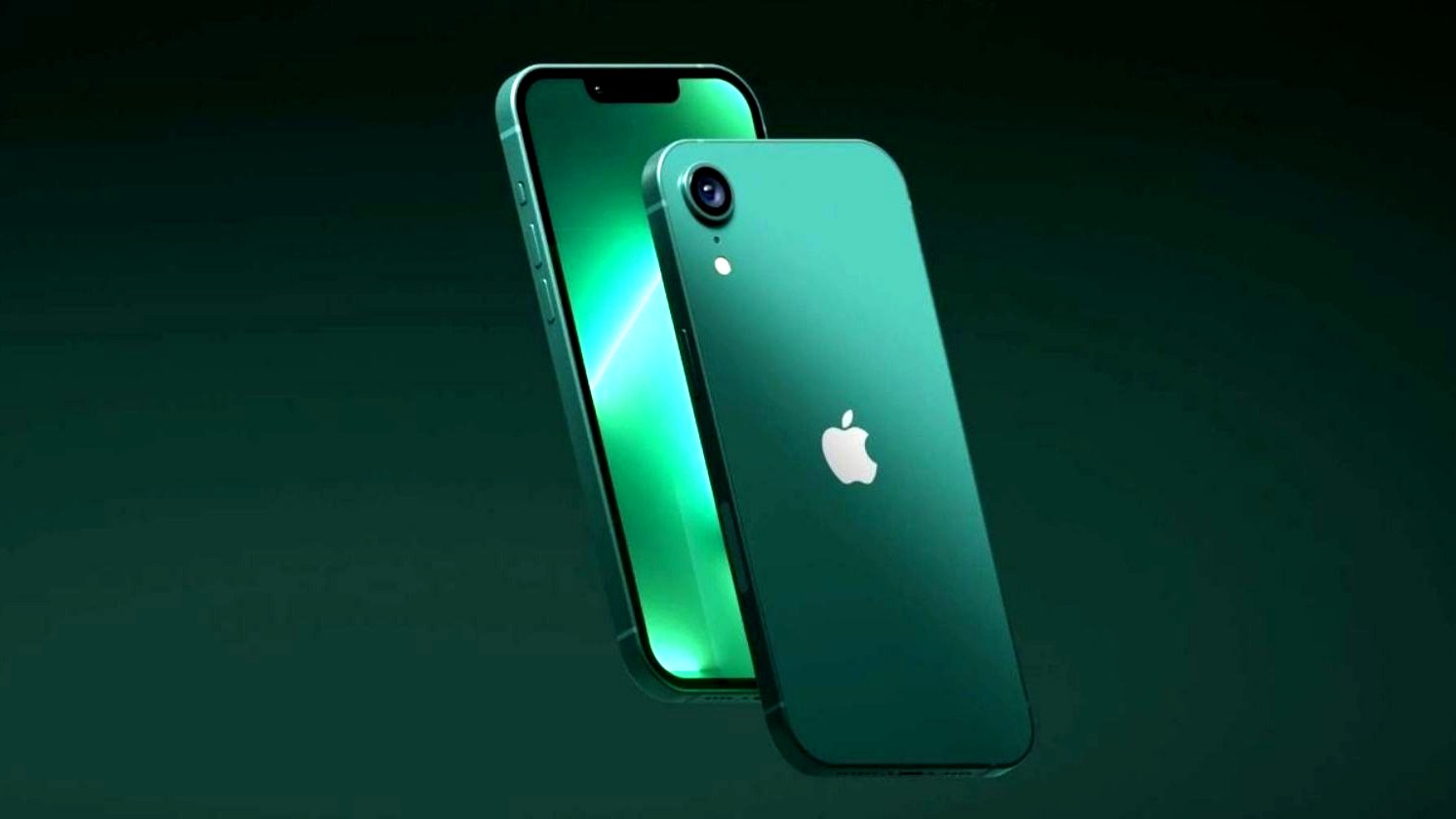
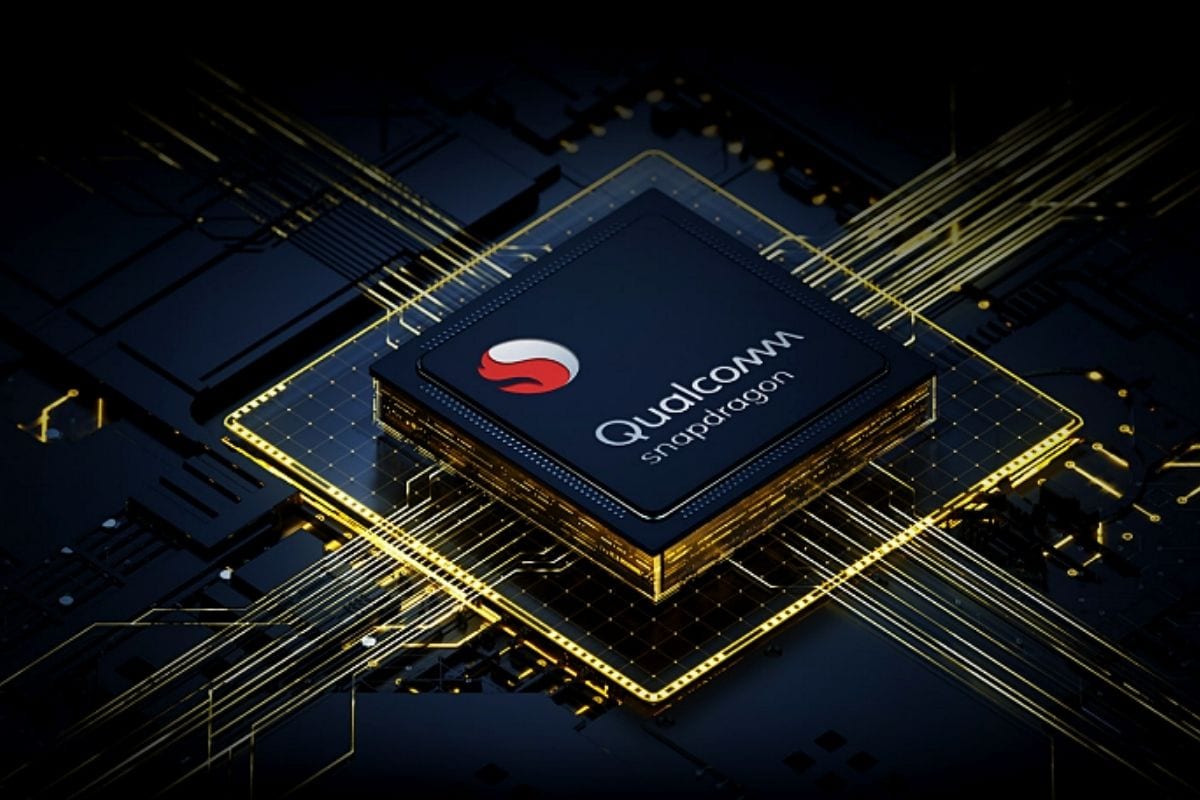
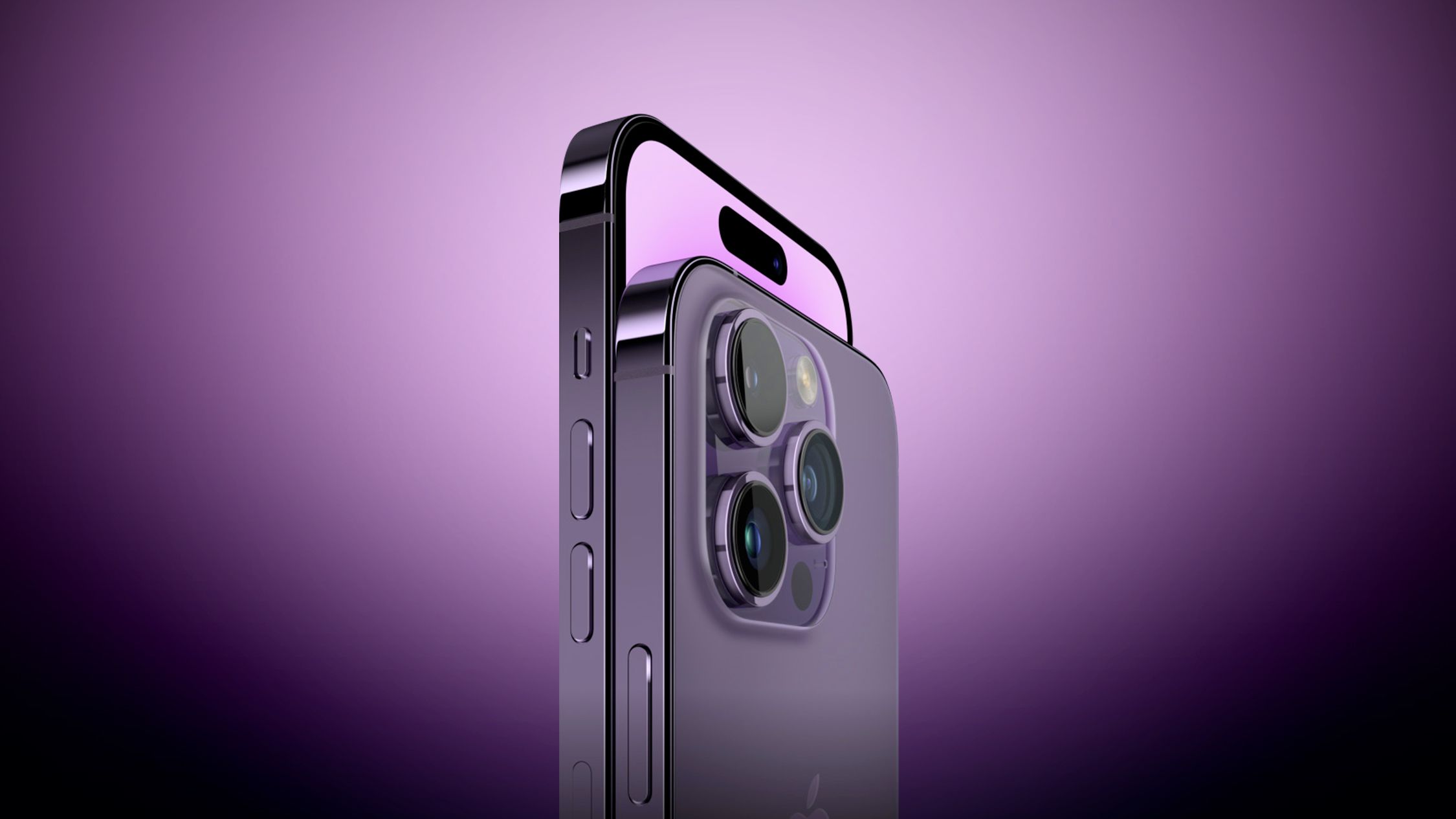

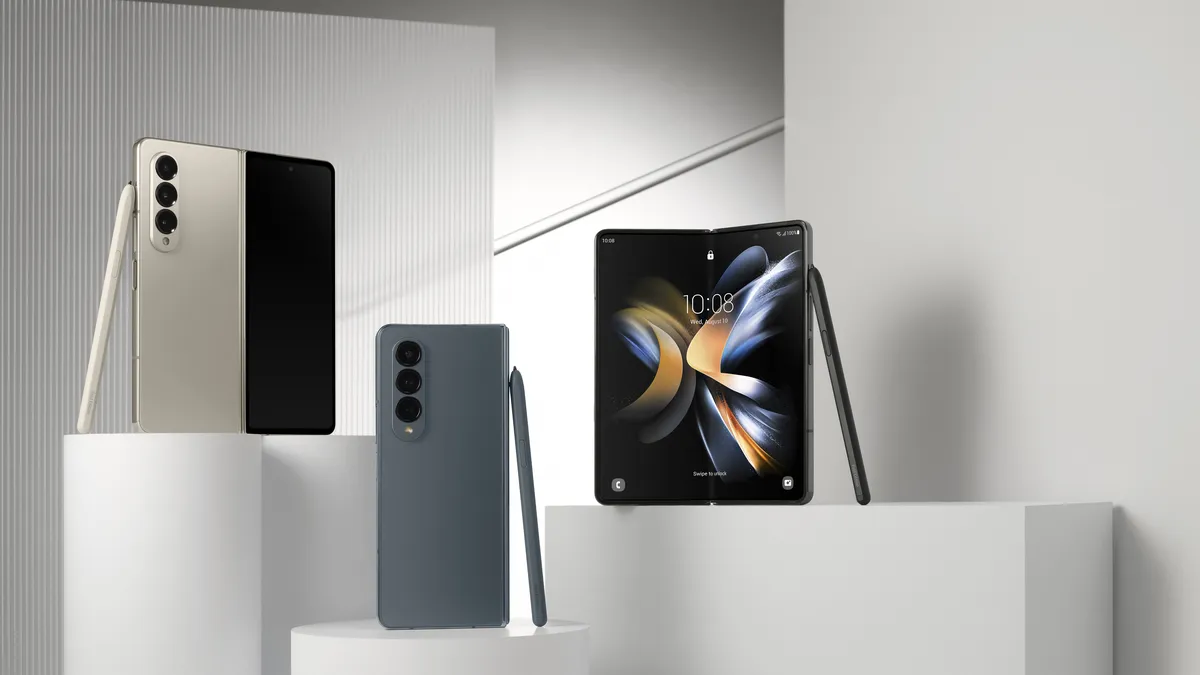
No Comments yet!